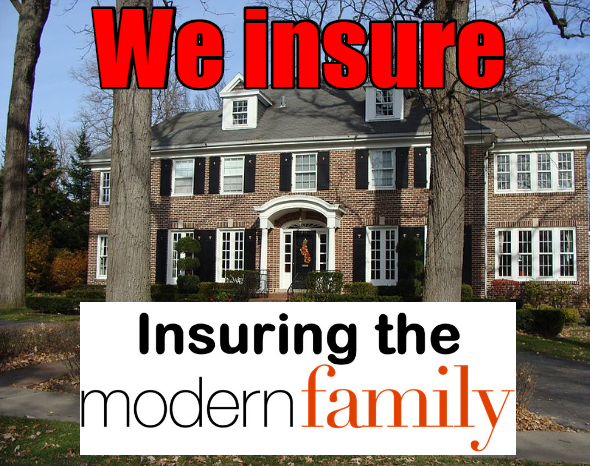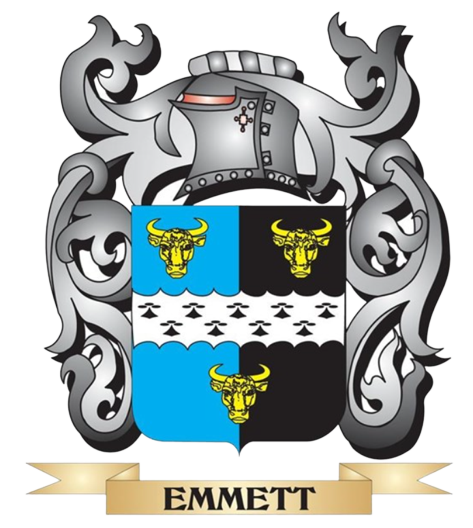|
Why Forms AND Facts Matter
There are at least eight (8) reasons why some individuals cannot figure out why a claim is or is not covered. All too often this is due to the inability or, worse, unwillingness to read the policy. But in many instances the problem is the inability to review policy language in the context of the unique facts and circumstances of each claim. Read on » Ignore the Bank, Go With Replacement Cost
Every day agents are asked, well required, by banks to provide Coverage A limits in excess of the developed replacement cost. Why are such requests made? So that Coverage A limits match the loan requirements of course. Mortgagees tend to forget that the loan buys more than just the structure; it includes the land and location, location, location. The buyer/mortgagor is paying for the view and access to the office and shopping in addition to the house. The insurance policy only pays to replace the house. click here to download manualVIDEO #1: RISK OVERVIEWVIDEO #2: GENERAL INFORMATION (PT.1)VIDEO #3: DWELLING - A & ADDITIONAL STRUCTURES - BWhen Insurance Strikes (Out): Underestimating Replacement Cost
Underinsurance is still a problem. According to CoreLogic approximately 60 percent of homes are underinsured by 20 percent on average. Obviously, this leads to devastating results for the insured, and possibly the agent from an E&O perspective. We know this in the industry, but now the NY Times is reporting it – and they are making serious charges. VIDEO #4: PERSONAL PROPERTY - C & LIVING EXPENSE- DVIDEO #5: PERSONAL LIABILITYVIDEO #6: PERSONAL UMBRELLAVIDEO #7: PERSONAL AUTOThe “Business Use” Exclusion in the Personal Auto PolicyVIDEO #8: PERSONAL LINES WATERCRAFTVIDEO #9: IN-HOME BUSINESS |
Tutorial en españolAcademy Skills Test
Welcome to the Academy of Insurance Skills Test. These exams were designed to help you pinpoint areas of interest for possible training opportunities. Each of these skills tests is designed to be completed in two hours. Personal Lines Take the Skills Test This skills test focuses on personal lines topics, including;
Insurance Coverage en Español http://www.iii.org/es/insurance-topics/all-coverage-en-espanol Is Meth Cleanup Excluded from Dwelling Policies?
In February 2013, Jeremy Kaiser (Kaiser) learned the tenants living in his rental property might have been involved with drugs. On May 1, 2013, when the tenants willingly vacated the premises, he inspected the property and found evidence of methamphetamines. Kaiser contacted a bio recovery service to inspect and test the house. Methamphetamine vapors and residue were detected within the entire house and clean-up was recommended before new tenants could occupy the rental home. Kaiser submitted a claim to his insurer for the clean-up cost, but the claim was denied. He continued clean-up nevertheless and incurred more than $38,000 in costs. Once clean-up was completed, Kaiser filed a complaint against his insurer for breach of contract and bad faith and requested reimbursement for remediation, lost rent and serving as the general contractor. He argued that the loss should have been covered under vandalism and malicious mischief. Click here for court's ruling Liability Insurance Exclusion
Drivers involved in car pools and other group arrangements may wonder if the situation is covered under their auto policy. This concern is valid as many auto policies have restrictions. Typically, liability coverage under personal automobile policies does not apply to "…liability arising out of the ownership or operation of a vehicle while it is being used as a public or livery conveyance." (A public conveyance is a vehicle used indiscriminately in transporting the public without being limited to certain persons or occasions. A livery vehicle is one that is offered for rental). There is slight variation in language among policies issued by various insurers, but the intent is the same: to exclude the use of a personal auto for transporting people or property for income. However, this exclusion does not affect coverage for car pool, driver group, and share-the-ride arrangements. Dad Hitches His Trailer to His Daughter’s Auto…Uh Oh
A father’s nonresident daughter borrowed his camper trailer to be hauled by her SUV. Dad hooked the vehicles up. While the trailer was being towed, it somehow became uncoupled, and the tongue of the trailer rammed the rear of the daughter’s SUV, causing several thousand dollars damage. Dad thinks this is his fault and wants his PAP to pay. Will it? Find out what the Experts say ... What Happens When an Auto is Recovered...30 Years Later?
In 1973, the insured had a 1967 Chevy Corvette stolen. It was reported to the police and the insurer paid $2,500 for the claim. The car was recovered last October, completely stripped. The police called the insured and released the car to him. The insured sold the car to a friend who restores Vettes. The insurer now wants the insured to reimburse them for $14,000, the current value of the car. The insured wants to reimburse the carrier the $2,500 paid over 30 years ago. Who's correct? Answer
Personal Auto Insurance Basics Can I drive legally without insurance? Article A Collision with an Animal IS a Collision It's bad when industry information sources and regulators publish wrong coverage information, especially info that’s detrimental to consumers. I hope, when you come across such instances, you take the time to correct them. Here's a good example of an auto insurance coverage myth that I've run across many times over the years.... Read on » Personal Auto Insurance Basics
What Is Covered by a Basic Auto Insurance Policy? Article Homeowner's / Renter's Insurance Basics What Is Covered by Standard Homeowners Insurance? Article Understanding Trees and Insurance: Tree Maintenance Video Miscellaneous Personal Lines What Type of Insurance Do I Need If I'm Renting Out My Home? Article It is always better to imitate a successful man than to envy him.
Of all the negative emotions, envy is perhaps the most insidious. It is especially sinister because it destroys you from the inside by replacing all that is positive and productive with negative feelings of anger, jealousy, and despair. But when you congratulate others upon their successes and genuinely wish them well, not only do you give credit to those who deserve it, but you also feel better about yourself. Once you’ve overcome your envy, you may want to determine what specific actions the other person took to achieve success. Meanwhile, you will have strengthened your relationships by recognizing the achievements of others. The greatest of all success rules is this: do unto others as you would if you were the others.
The Golden Rule is more than a principle of ethical behavior; it is a dynamic force that can work good in the lives of untold numbers of people. When you make it a practice to treat others as though you were the others, you spread goodwill among people who, in turn, may be moved to do the same. By their actions, they influence still more people, who generate goodwill among even more people. This force for goodwill increases exponentially and will return to you from totally new sources. The benefit you receive from a good deed performed today by a total stranger may have been a chain reaction from long ago when you observed the Golden Rule in your own dealings with another. You can always see in others whatever traits of character you are looking for.
Margaret Wolfe Hungerford said, “Beauty is in the eye of the beholder.” It was her way of saying that we see what we wish to see in others. Every living human being is a complex combination of feelings, emotions, and thoughts — some good, some bad. Your impression of another depends far more upon you and your expectations of that person. If you believe someone is good, you will find good qualities. If you don’t, you won’t. When you are yourself a positive person, you tend to find positive qualities in others. As you work to develop good, constructive habits to improve yourself continually, make it a practice to look for those same qualities in others. It’s easy to spot another’s shortcomings, but when you identify the good in others and congratulate them upon their positive achievements, you will make friends on whom you can always depend — both in good times and bad. |
|
Attention: Georgia Agents! 24 hours CE for $24 or join GIA for $99 per year and it's free for all agency staff!
Have you enjoyed at least 24 hours of Edu-Tainment? If yes, you are welcome to take the Final Exam Otherwise, continue to Lesson #3: Auto Insurance |
Modern Family |
Modern Family |





